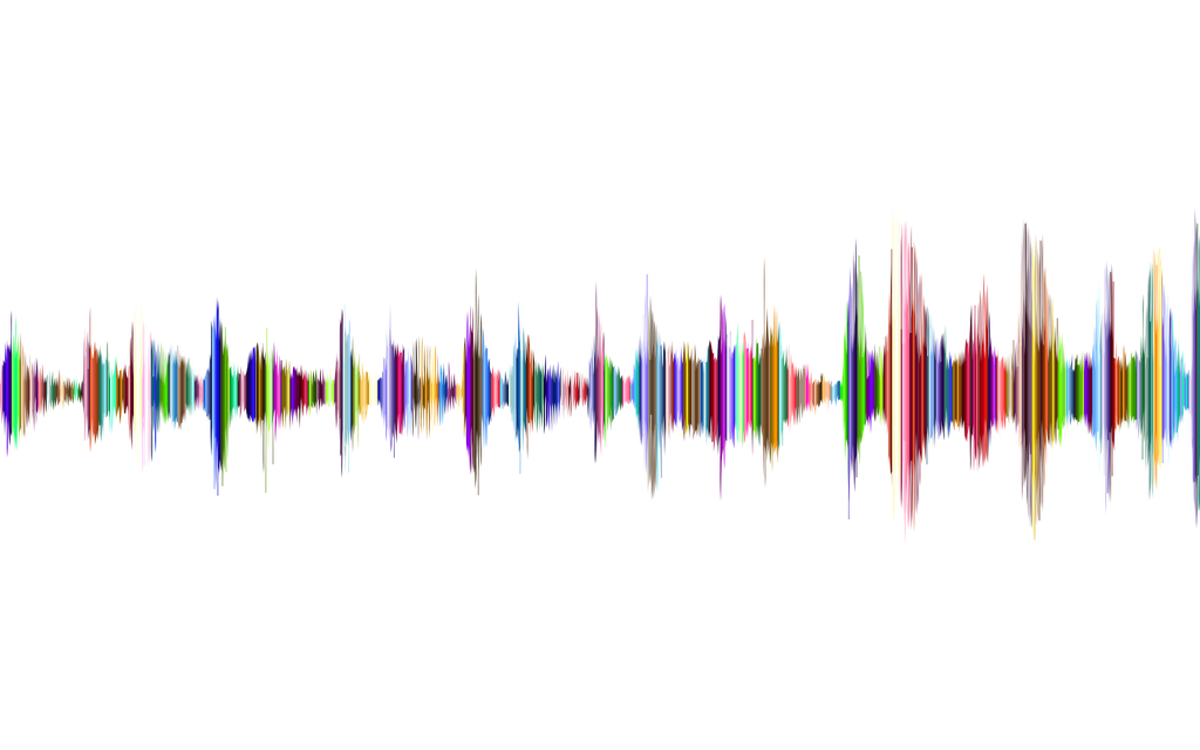The hearing screening test will be offered to your baby in hospital before discharge, when you are at home, or you will be invited to attend a clinic appointment.
Ideally, the screening test should be done in the first 4 to 5 weeks, but it can be done at up to 3 months of age.
The screening test called the AOAE (automated otoacoustic emission) takes a few minutes.
A small soft tipped earpiece is placed in your baby’s ear and soft clicking sounds are played. When an ear receives sound, the inner part (called the cochlea) responds and this can be picked up by the screening equipment.
It is not always possible to get clear responses from the first screening test. This does not necessarily mean your baby has a hearing loss. It can mean:
- your baby was unsettled when the test was done
- there was background noise
- your baby has fluid or a temporary blockage in their ear – this is very common and passes with time
- your baby has a hearing loss
In these cases your baby will be offered another screening test.
This may be the same as the first screening test, or another type called the AABR (automated auditory brainstem response) test.
This involves three small sensors being placed on your baby’s forehead, back of the neck and shoulder. Soft headphones are placed over your baby’s ears and soft clicking sounds are played. The screening equipment will be able to tell if your baby’s hearing nerve responds to the sounds. This will help us determine whether your baby has hearing loss or not.
This screening test may take up to 15 minutes. Your baby needs to be settled or asleep.

